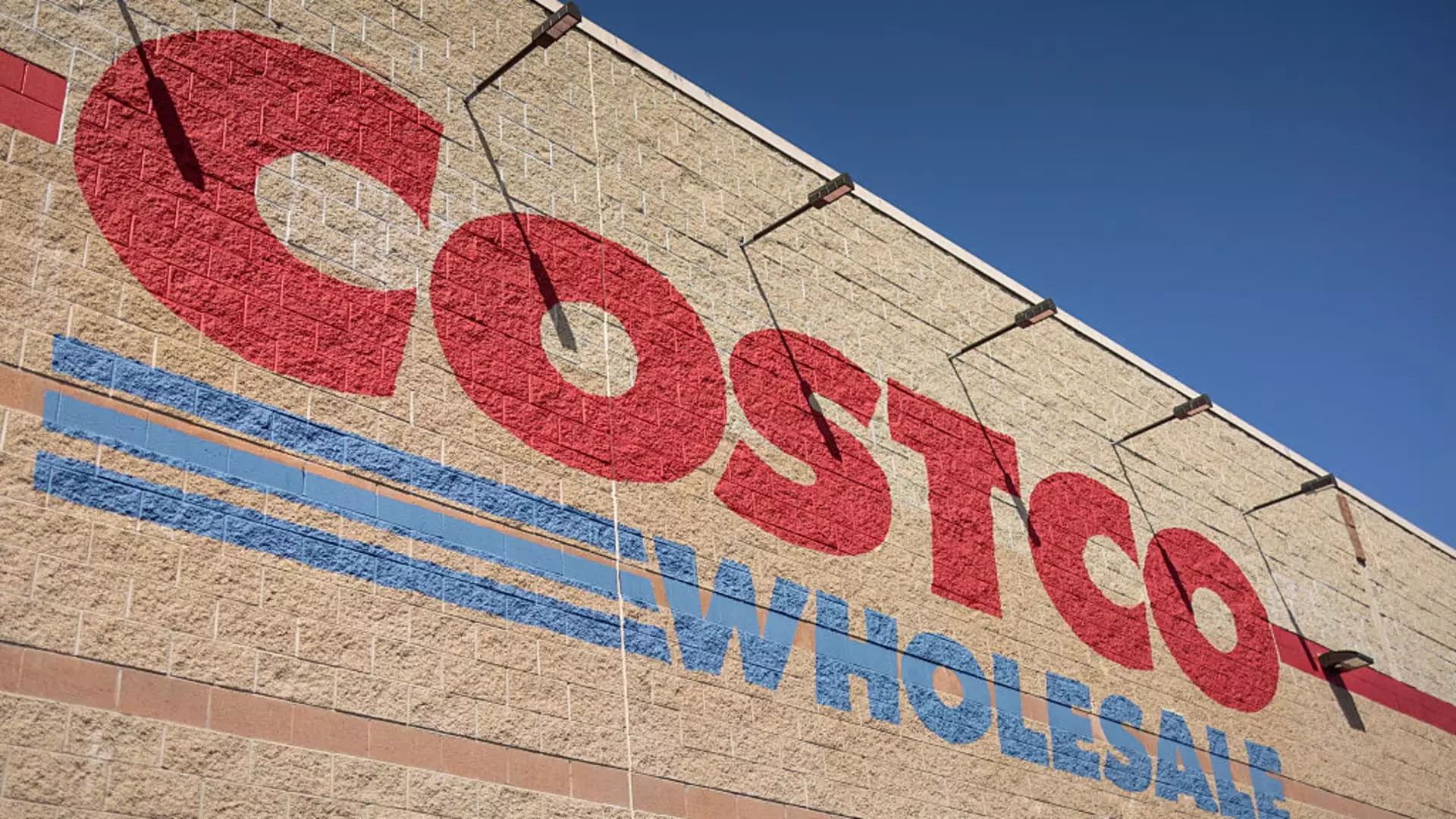When top executives and officers divest their own holdings, it often signals more than simple profit-taking; it can be an unfiltered message from those closest to the company’s core operations. These are individuals who possess firsthand knowledge of the firm’s true health and prospects, making their decisions nearly as potent as the company’s earnings reports. Yet, in today’s overactive trading environment, there’s a dangerous tendency to dismiss these signals—more often viewed as routine or strategic divestitures rather than genuine caution flags.
Despite the hype surrounding bullish markets, recent insider sales tell a more nuanced story. Heavy selling activity from figures at firms like Heico, AeroVironment, Costco, Morgan Stanley, Johnson & Johnson, Paychex, and Dream Finder Homes raises questions about the robustness of current growth narratives. Their actions could be heralded as routine portfolio rebalancing or tax moves, but beneath these explanations lurks a possible distrust of the sustainability of the recent rally, or even a quiet recognition that valuations are overheated.
Are These Sales a Reflection of Fatigue or Foresight?
Take Laurans Mendelson’s nearly $18 million sale of Heico shares — a staggering amount during a period when the aerospace equipment maker recently reached record highs. While stock momentum has looked strong, the size of this sale suggests more than just incremental profit-taking; it could embody a subtle warning that insiders believe the stock’s rise has outpaced its true value.
Similarly, AeroVironment’s CEO cashed out over $4.5 million amid a soaring 90% gain in three months. Such a substantial sale by Wahid Nawabi raises eyebrows, especially as drone stocks are often viewed as volatile and susceptible to hype cycles. Executives’ willingness to lock in gains at these elevated levels hints at a distrust of whether these gains are sustainable or possibly a prelude to a correction.
Costco’s Yoram Rubanenko and Morgan Stanley’s CFO Sharon Yeshaya also sold sizeable chunks of their holdings. While these might appear like routine portfolio adjustments, the sheer volume and timing against the backdrop of recent market highs suggest a possible inkling that the current euphoria is nearing a peak. The fact that multiple insiders are unloading shares simultaneously intensifies suspicion: are they acting on internal foresight or simply chasing short-term gains?
The Silent Signals of Market Overconfidence and Impending Downturns
From the perspective of center-leaning liberalism, these insider sales underscore a critical point: trusting market momentum without heed to internal warnings can be perilous. When insiders sell en masse during seemingly bullish periods, it’s an implicit warning that some of those closest to the companies are uneasy about the sustainability of current valuations.
This is especially relevant now, given the widespread complacency fueled by easy monetary policies and low-interest environments. Investors tend to interpret insider trades as neutral, but in reality, they often serve as a form of market intelligence—an insider’s perspective on the company’s future that retail investors can’t access. The pattern of recent sales, combined with lofty stock prices, suggests a disconnect—a possible overconfidence within the broader market that insiders are actively questioning.
More concerning is the potential for these insider activities to be ignored or misunderstood. When the majority of retail investors chase bullish narratives, the cautionary signals from industry insiders risk being muffled by greed and optimism. This disconnect between insider behavior and market sentiment can spell trouble, as it indicates an internal acknowledgment of vulnerabilities that are yet to be publicly acknowledged.
Why Should Investors Pay Attention Now?
For those with a balanced, centrist approach, these insider transactions are not mere anecdotes but vital clues about the health of the market’s foundation. While some might dismiss these as routine, the scale and timing cannot be ignored. Insiders are often better informed about internal challenges, industry shifts, or potential slowdown risks. Their willingness to cash out suggests they are betting on a future correction or, at minimum, a period of stagnation.
This isn’t about ushering in panic or extreme caution, but about recognizing that the market’s optimism might be overly exuberant. A moment of internal conservatism—embodied by major insider sales—warrants careful scrutiny. It reminds investors to temper their confidence and consider the possibility that a recalibration of valuations might be overdue, and that insiders, in their own quiet way, understand this better than most.
In the end, the sheer volume and timing of these insider trades challenge the narrative of unwavering growth. They push us to question whether the current rally is built on real fundamentals or merely a house of cards waiting for the slightest gust of reality to bring it down.


Leave a Reply